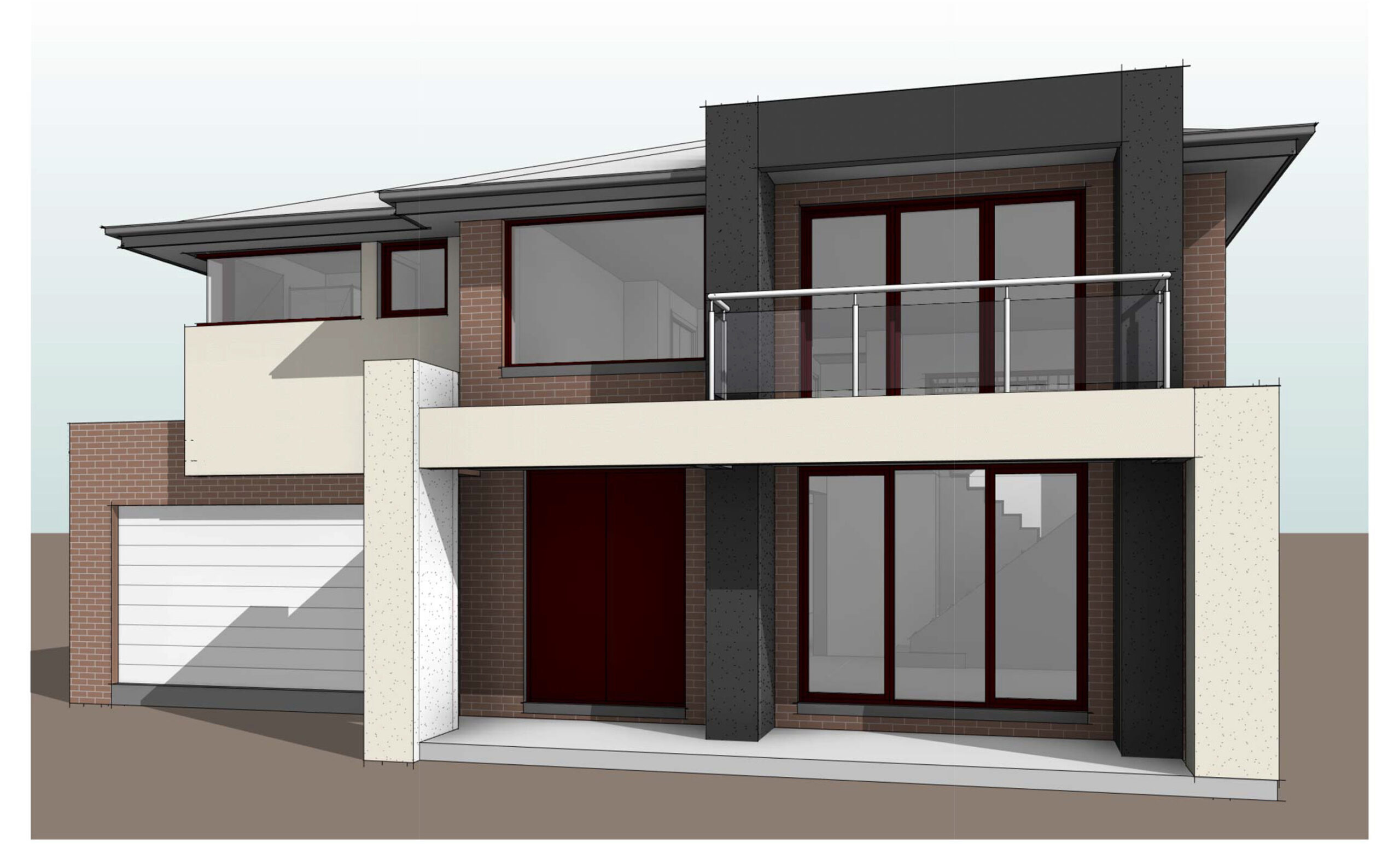CAD Outsourcing Trends: Automation and AI Integration
Posted on : Jan 30, 2024
Introduction
The realm of Computer-Aided Design (CAD) outsourcing is undergoing a transformative phase with the integration of automation and Artificial Intelligence (AI). This article explores the evolution, benefits, challenges, and future outlook of CAD outsourcing in the era of Automation and AI.
The Evolution of CAD Outsourcing
2.1 Historical Overview
CAD outsourcing has witnessed significant changes over the years, from traditional manual drafting to computerized design processes. The advent of outsourcing brought cost efficiency, and now, automation and AI are reshaping the landscape.
2.2 Contemporary Landscape
In the contemporary scenario, CAD outsourcing is not merely about reducing costs but also about leveraging advanced technologies to enhance design capabilities and efficiency.
Automation in CAD Outsourcing
3.1 Streamlining Design Processes
Automation in CAD streamlines repetitive tasks, such as drafting and annotation, allowing designers to focus on more complex and creative aspects of the design process.
3.2 Improved Accuracy and Efficiency
Automated tools ensure precision and efficiency, reducing errors and iterations. This leads to faster project completion and higher overall quality.
AI Integration in CAD Outsourcing
4.1 Enhancing Design Intelligence
AI brings a level of intelligence to CAD systems, enabling them to learn and adapt. This enhances the design process by providing insights and recommendations based on historical data.
4.2 Predictive Modeling and Analysis
AI algorithms can predict design trends, potential issues, and even simulate the performance of a design under different conditions, aiding in better decision-making.
Benefits of Automation and AI in CAD Outsourcing
5.1 Time and Cost Savings
Automation and AI significantly reduce the time required for design tasks, leading to cost savings for both outsourcing companies and clients.
5.2 Enhanced Design Quality
The precision and analysis capabilities of automated systems result in higher-quality designs, meeting or exceeding industry standards.
Challenges and Considerations
6.1 Skill Requirements
Implementing automation and AI in CAD outsourcing requires a workforce with the skills to operate and manage these technologies effectively.
6.2 Data Security and Privacy
As CAD involves sensitive design data, ensuring the security and privacy of information becomes paramount when integrating automation and AI.
Strategies for Successful Implementation
7.1 Training and Skill Development
Investing in training programs for employees to acquire the necessary skills for working with automated tools and AI is crucial for successful implementation.
7.2 Collaboration between Human and AI
Creating a collaborative environment where human designers and AI systems complement each other’s strengths ensures optimal results in CAD outsourcing.
Case Studies
8.1 Successful Implementation Stories
Exploring cases where companies successfully integrated automation and AI in CAD outsourcing provides valuable insights into best practices.
8.2 Overcoming Challenges
Analyzing instances where challenges were effectively addressed sheds light on strategies for overcoming common hurdles in the adoption of automated CAD processes.
Future Outlook and Emerging Trends
9.1 Evolving Technologies
The future of CAD outsourcing will witness the integration of even more advanced technologies, including Virtual Reality (VR) and Augmented Reality (AR), further enhancing collaboration and design visualization.
9.2 Integration with Industry 4.0
As part of Industry 4.0, CAD outsourcing will become an integral component of smart manufacturing, contributing to the overall efficiency of the production process.
Ensuring Ethical AI Practices
10.1 Transparency and Accountability
Ensuring transparency in AI algorithms and holding them accountable for ethical practices is essential in CAD outsourcing to build trust with clients and stakeholders.
10.2 Ethical Considerations in Design
Addressing ethical considerations, such as the environmental impact of designs and social responsibility, becomes crucial when integrating AI into the design process.
Human Role in Automated CAD Outsourcing
11.1 Creativity and Innovation
While automation and AI handle repetitive tasks, the human touch remains indispensable for creative and innovative aspects of design that require intuition and artistic expression.
11.2 Managing and Directing AI
Human designers play a crucial role in managing and directing AI systems, ensuring they align with the vision and goals of the project.
Measuring Success in Automated CAD Outsourcing
12.1 Key Performance Indicators (KPIs)
Establishing KPIs, such as project completion times, error rates, and cost savings, helps in quantifying the success of automation and AI integration in CAD outsourcing.
12.2 User Feedback and Satisfaction
User feedback and client satisfaction metrics provide qualitative insights into the success of automated CAD outsourcing, helping in continuous improvement.
Conclusion
The integration of automation and AI in CAD outsourcing represents a paradigm shift, offering immense benefits in terms of efficiency and design quality. Balancing technological advancements with ethical considerations and ensuring the collaboration of human and AI elements will define the success of CAD outsourcing in the future.




